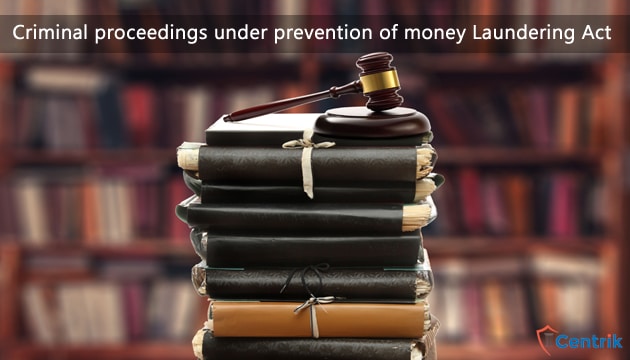
STATUS AS ON 28/05/2019
Insolvency and Bankruptcy Code, 2016 is the legislation which has been enacted with one of its motives to safeguard the interests of creditors (financial or operational). These interests of creditors can only be safeguarded by redressing their grievances in an uninterrupted time-bound manner so that resolution can happen in a reasonable time frame of 180/270 days without any obstacles. That’s why Moratorium Period under section 14 of the code comes into the picture once the petition is admitted.
What is a Moratorium Period
When a petition filed u/s 7, 9 or 10 of Insolvency and Bankruptcy Code, 2016 is admitted by the Hon’ble NCLT, the moratorium period starts from the date of admission. In the said moratorium period, no legal proceedings can take place before any civil court or any other tribunal.
Exception to section 14
In the matter of Prasad Gempex vs. Star Agro Marine Sports Private Limited, the Hon’ble National Company Law Appellate Tribunal held that NCLT cannot decide upon the matters falling under the criminal jurisdiction. Consequently, the NCLT cannot put stay on the criminal proceedings to be held against the ex-directors or promoters of the corporate debtor.
Affixation of property under the Prevention of Money Laundering Act
Prevention of money laundering act (‘PMLA”) relates to the proceeds of crime wherein if the offender has derived a property through money laundering that particular property can be confiscated by the appropriate authorities under PMLA.
Moratorium Period under section 14 of the code shall not apply upon such proceedings under the prevention of money laundering act. National Company Law Appellate Tribunal applied the same stance in the matter of Varrsana Ispat Limited vs. Deputy Directorate Enforcement.
Brief facts of case
In this case, the Directorate of Enforcement had attached some of the properties of corporate debtor (Varrsana Ispat Limited). Case was already undergoing in NCLT, the appointed Resolution Professional had filed an application before the NCLT, Kolkata to include the properties attached by the Directorate of Enforcement. NCLT dismissed the application while observing that the properties under PMLA were attached much prior to the initiation of CIRP under IBC.
The Resolution Professional then approached Appellate Authority against the decision of NCLT basis of following grounds:-
- That as per section 238 of IBC, the IBC has the overriding effect over other inconsistent laws.
- That after the admission of the insolvency petition moratorium is applicable on the all other proceedings against the corporate debtor.
NCLAT gave the following Decision
National Company Law Appellate Tribunal applied the law laid down in the matter of Prasad Gempex vs. Star Agro and held that section 14 shall not be applicable upon the criminal proceedings and therefore, Insolvency and Bankruptcy Code, 2016 cannot override the proceeding under Prevention of Money Laundering Act. Properties attached by the Directorate of Enforcement cannot be released and included in the CIRP.
Disclaimer – Please note that the above view is based on personal interpretation and for general awareness. The readers are required to take opinion from the Top IBC professionals or Insolvency Professionals before relying on the article. For any clarifications, please write to us at ibc@centrik.in




 join For Updates
join For Updates